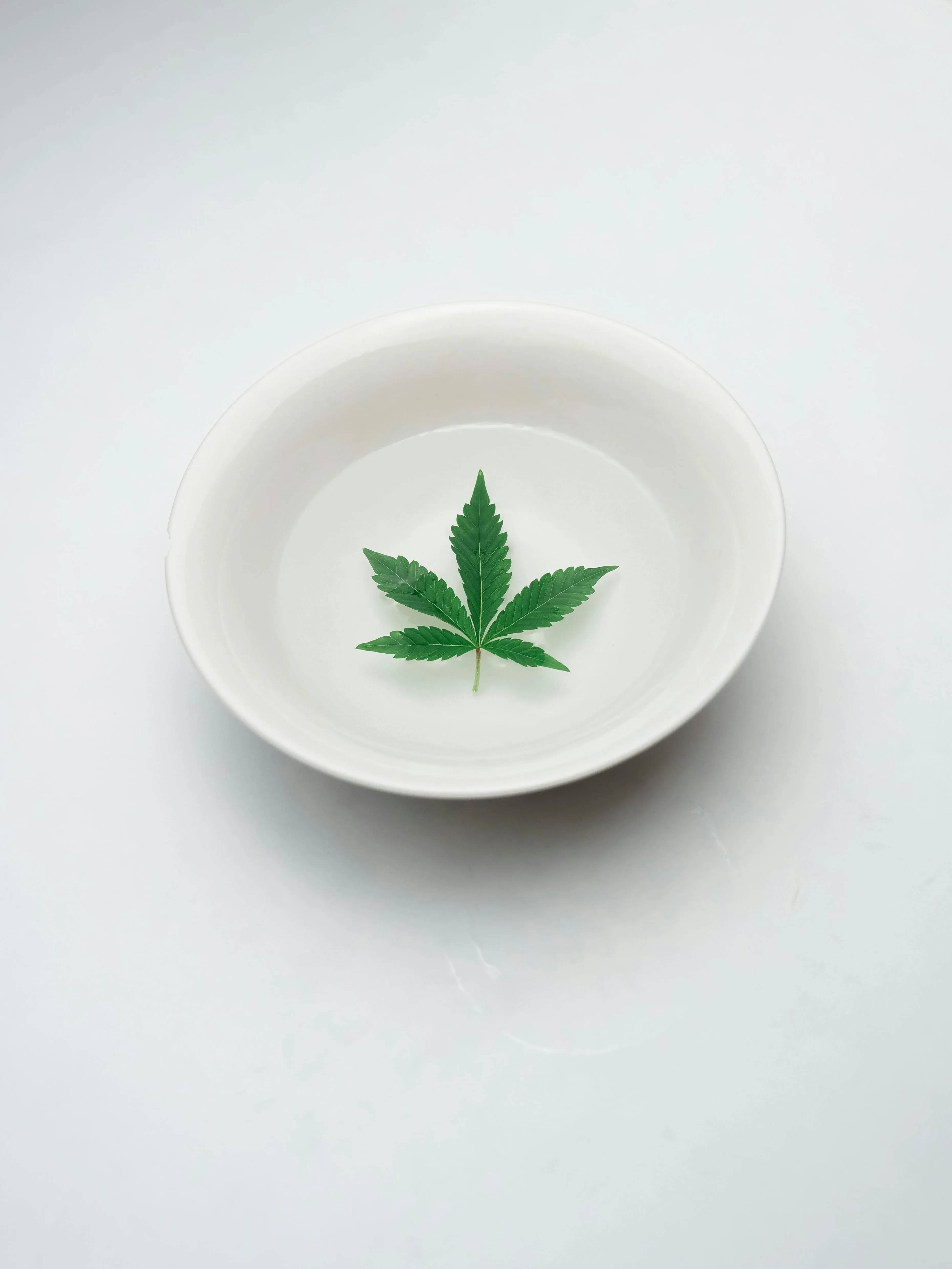Going Native: Unleashing the Beauty and Benefits of Local Weeds
Weeds. That dreaded word, often uttered with a grimace and a sigh. But what if we told you that those pesky plants popping up in your garden aren’t the enemy? What if they’re actually secret superheroes waiting to be unleashed? 
Forget battling nature – embrace it! Exploring local “weeds” can transform your gardening experience from a chore into a delightful journey of discovery and sustainability.
Why Go Local?
Before we dive into specific plants, let’s understand why choosing native species (often labeled as weeds) is so beneficial:
* Adapted to Your Environment: Local “weeds” have evolved over millennia to thrive in your region’s specific climate and soil conditions. They need less water, fertilizer, and fuss, making them perfect for low-maintenance gardens.
* Biodiversity Boosters: Native plants attract local pollinators like bees and butterflies, contributing to a healthy ecosystem right in your backyard.
* Natural Pest Control: Many “weeds” attract beneficial insects that prey on common garden pests, reducing the need for harmful pesticides.
Meet Your Local Heroes:
Remember, “weed” is just a label – what’s considered a weed in one place might be prized elsewhere! Here are some examples of common “weeds” with surprising benefits:
* Dandelion (Taraxacum officinale): This cheerful yellow bloom is a nutritional powerhouse. Its leaves are packed with vitamins A, C, and K, while the roots can be roasted for a caffeine-free coffee substitute.
* Clover (Trifolium spp.): Clover fixes nitrogen in the soil, naturally fertilizing your lawn and garden. It’s also a great source of nectar for pollinators and adds a beautiful green hue to any landscape.
* Lamb’s Quarters (Chenopodium album): This fast-growing edible “weed” can be harvested young and added to salads or cooked like spinach. Its leaves are rich in vitamins and minerals.
* Chickweed (Stellaria media): This tiny groundcover thrives in shady areas and makes a delicious addition to salads. It’s also known for its soothing properties and has been used traditionally to treat skin irritations.
* Yarrow (Achillea millefolium): This hardy perennial with feathery foliage attracts beneficial insects like ladybugs and lacewings. Its flowers are beautiful in bouquets and have medicinal uses for wound healing.
Embracing the Wild Side:
Instead of immediately pulling out every “weed” you see, consider pausing and observing. What type of plant is it? Does it attract butterflies or bees? Is it edible or have other potential uses?
Here are some tips for incorporating local “weeds” into your garden:
* Research: Identify the plants growing in your area and learn about their benefits. Local botanical gardens, nurseries, or online resources can be helpful.
* Selective Removal: Don’t aim for a perfectly manicured lawn. Allow some “weeds” to grow in designated areas, creating pockets of biodiversity.
* Edible Landscaping: Integrate edible “weeds” like dandelion and lamb’s quarters into your garden beds or containers for fresh, nutritious snacks.
* Composting: Add “weeds” to your compost pile, providing valuable nutrients for future plantings.
Remember: It’s important to be mindful of invasive species that can outcompete native plants. Research and choose “weeds” that are known to be beneficial and non-invasive in your region.
By embracing local “weeds,” you’re not just gardening – you’re becoming a steward of biodiversity, promoting natural pest control, and potentially even discovering delicious new ingredients for your kitchen! So next time you see a dandelion popping up, think twice before reaching for the weed killer. This tiny plant might just be a hidden gem waiting to shine in your garden.